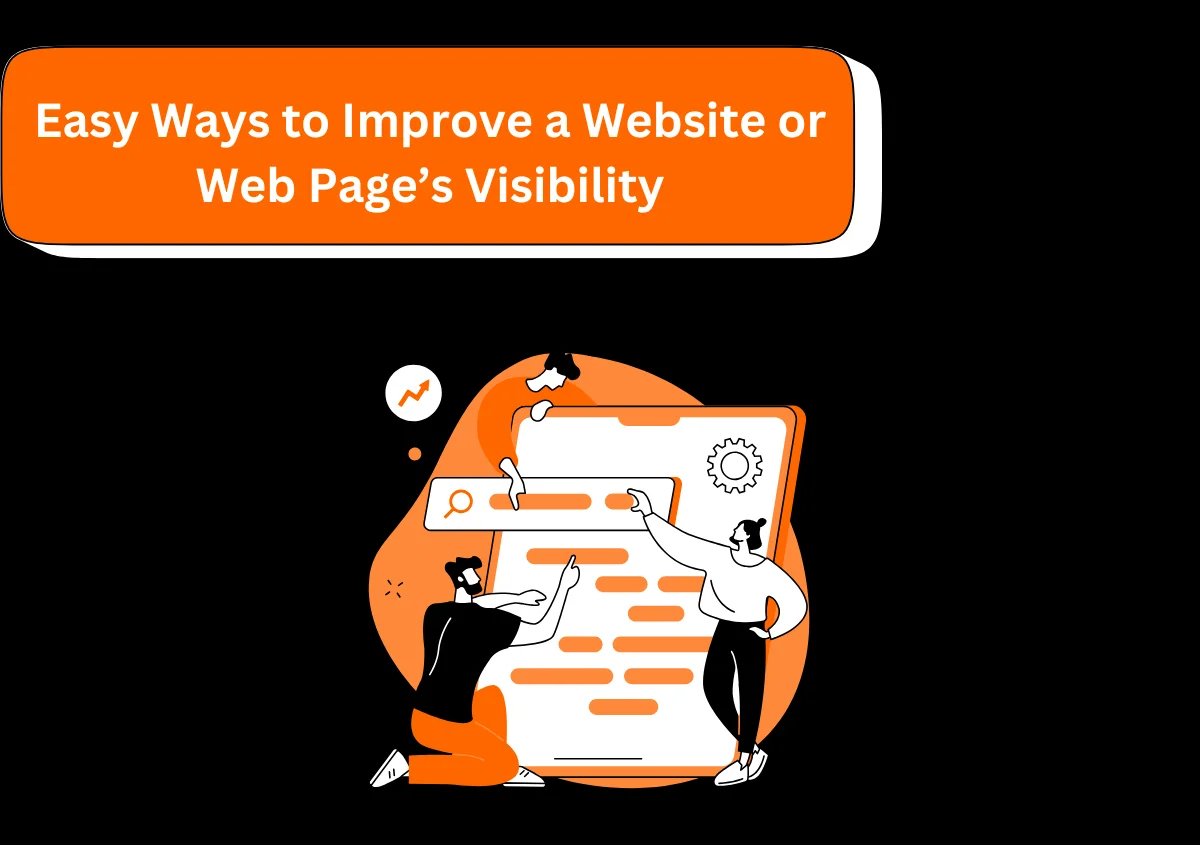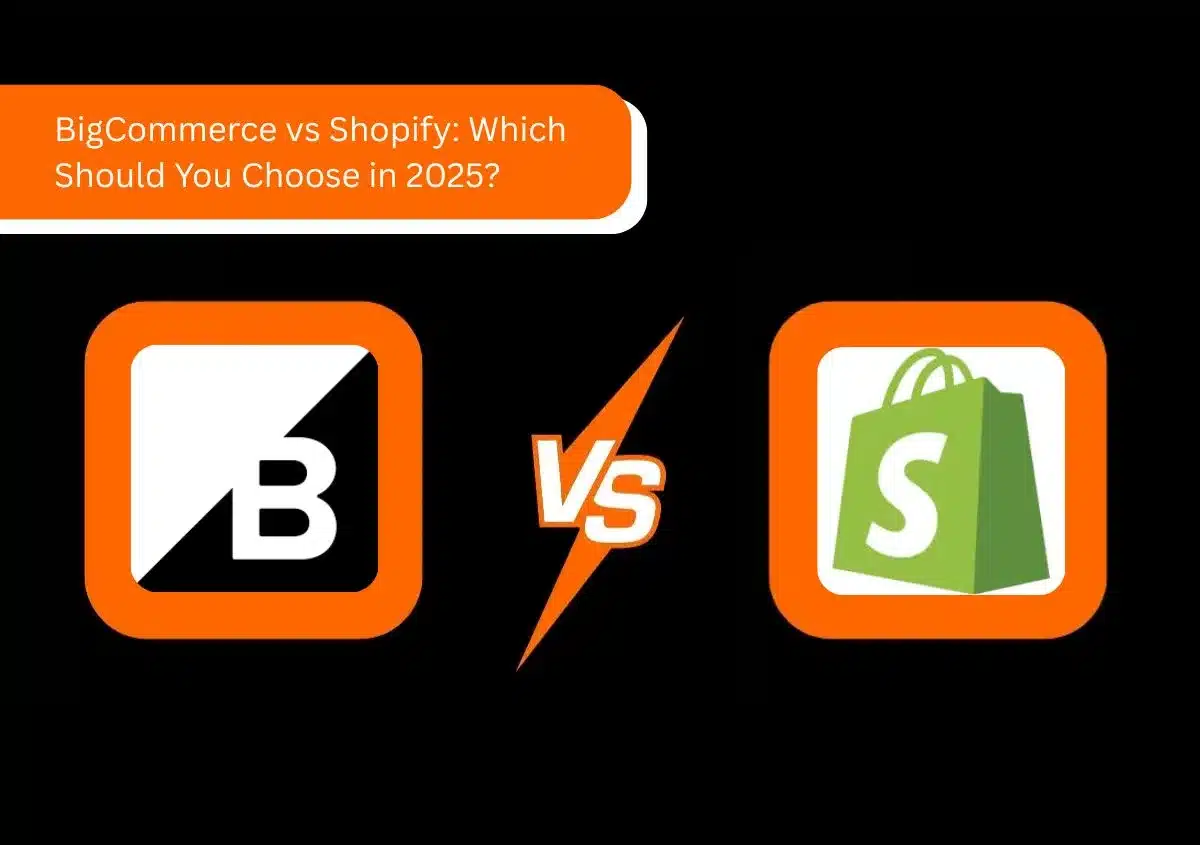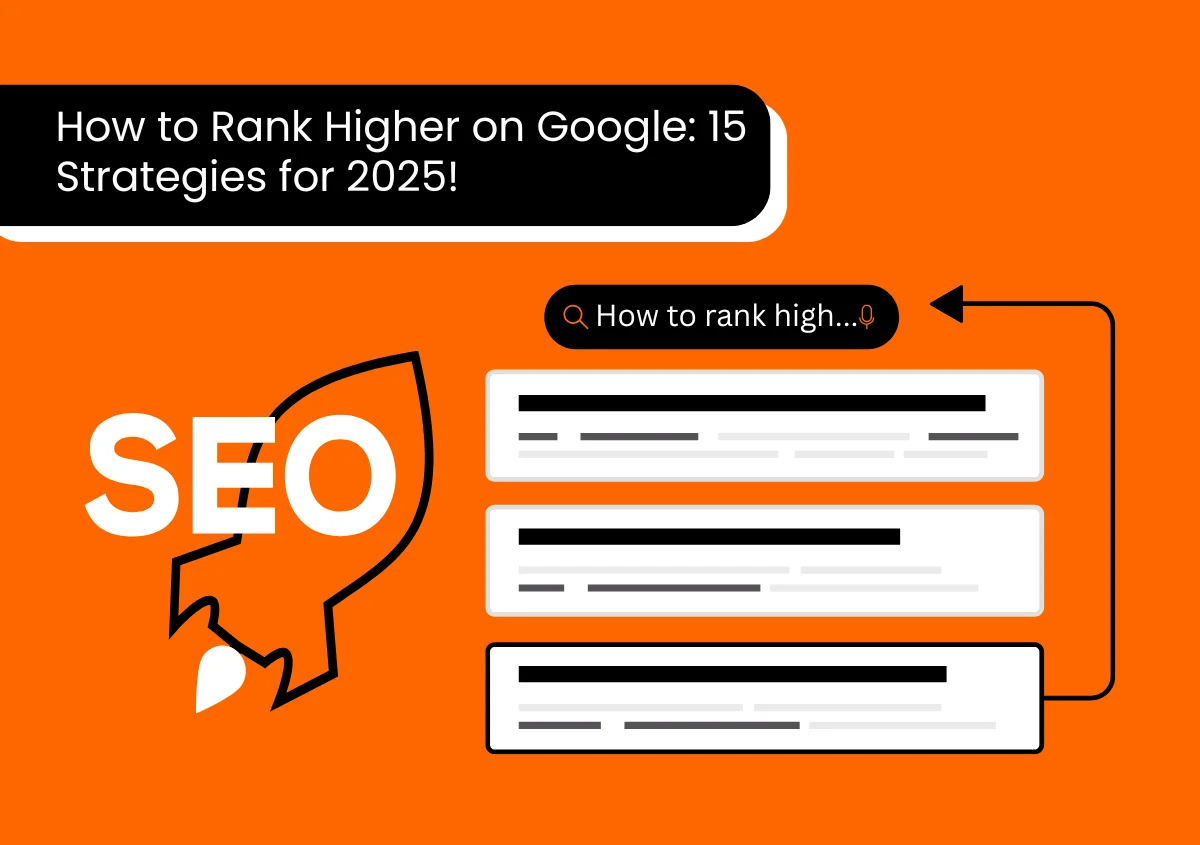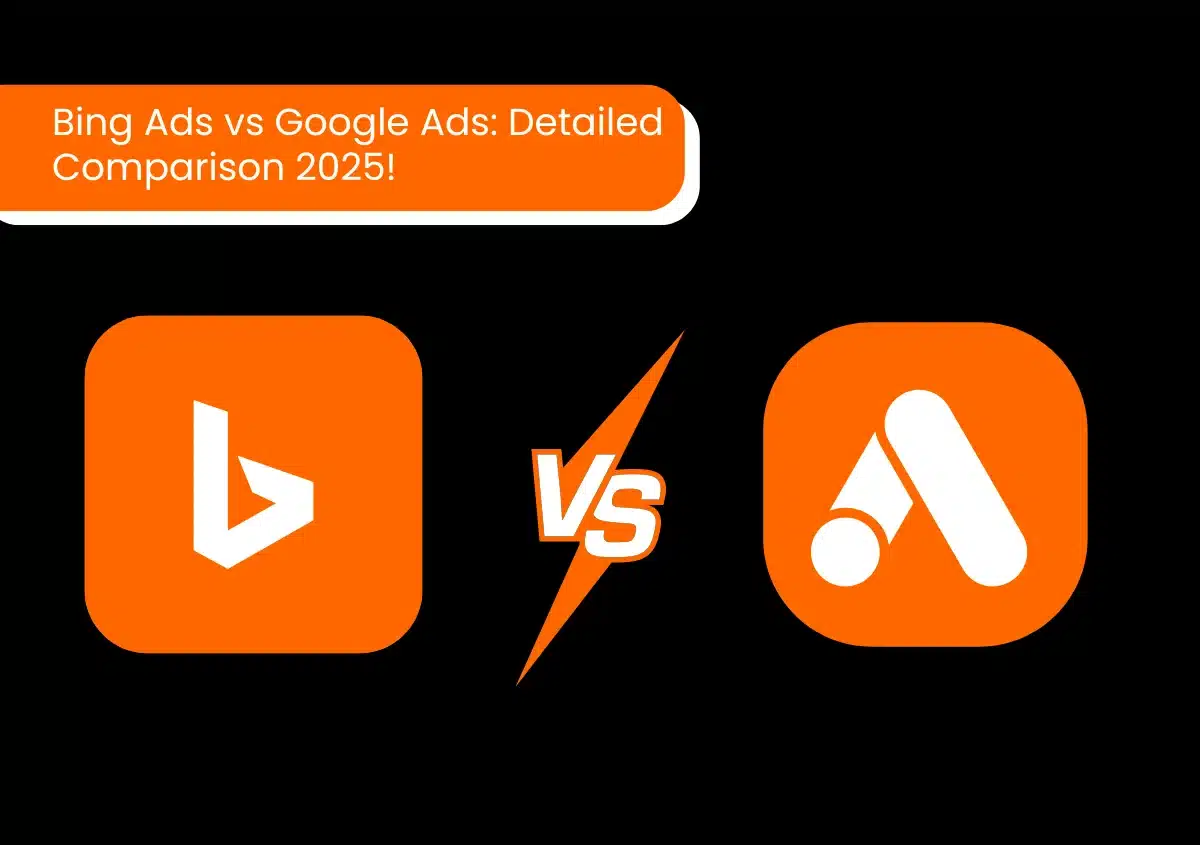Wondering why businesses pay so much attention to the improvement of a web page’s visibility?
Okay, let’s say you are a small business owner. You spend months building your website, adding quality content, and ensuring that everything looks great. But as the weeks roll by, you realize your website traffic isn’t growing.
So, naturally, you start to look for ways to improve website visibility. If this is a relatable scenario, you’re not alone.
Any online business aiming to reach its audience, improve leads, and increase conversions needs to work on its visibility. Today, we’ll explore 18 proven strategies to increase website visibility online and improve business growth.
Keen to improve your website’s visibility and attract more organic traffic? Contact our SEO agency today for proven strategies and expert advice.
Understanding the Improvement of Web Page Visibility
Before jumping into strategies, let’s begin with what it means to improve website visibility and why it matters.
What is the Improvement of Web Page Visibility?
Picture this: You’ve put time, energy, and probably some late nights into creating your website. But after all that work, the traffic is underwhelming, and customers just aren’t finding you as easily as you’d hoped.
Web page visibility is a big piece of the puzzle when it comes to reaching potential customers. It indicates how easily your website shows up in search results and attracts visitors.
Think of visibility as the bridge between your business and your audience. If you’re easy to find, you’re on your way to building trust and making sales. If not, it’s like setting up a store without a sign—people might walk right past.
Visibility isn’t just about rankings; it’s about organic traffic, engagement rates, and ultimately, how well your website can connect you with the people looking for what you offer.
Why Does Visibility Matter for Business Growth?
A visible website means more chances for people to find, explore, and engage with your brand. When people can easily discover you, you’re more likely to turn those clicks into conversations, conversions, and loyal customers.
In a world where everyone’s online, high visibility sets you apart from the competition and opens the door to long-term business growth and trust-building with your audience.
In short, visibility isn’t just about being seen—it’s about making real connections that drive your business forward.
It’s time to get your business soaring! Our Digital marketing agency can help enhance your visibility and conversions. Call us now!
18 Ways to Improve Your Web Page Visibility
It’s time to take a look at 18 simple strategies to increase your website visibility on Google and other search engines.
1. Optimize Title Tags, Header Tags, Rich Snippets, Images, and Meta Descriptions

Your title tags, headers, and meta descriptions are like your page’s first impression in search results. Keep them compelling, descriptive, and keyword-friendly to stand out.
Adding structured data markup enables rich snippets, which give extra details—like ratings or prices—that make your listing more attractive.
Also, don’t forget to optimize images by adding descriptive file names and alt text. Alt text improves accessibility and can also help your content show up in image searches.
Altogether, these little tweaks can make a big difference in catching users’ attention and helping search engines understand your content.
Choose our SEO services to empower your website and outdo your competitors. Hurry up and contact us now!
2. Create Quality Content Regularly
Creating high-quality, original content that speaks to your audience is one of the best ways to ensure the improvement of a web page’s visibility. Consistently posting valuable content shows both visitors and search engines that your site is active and helpful. Here are some bonus tips:
- Aim for a mix of blog posts, infographics, videos, and other formats to reach a diverse audience.
- Consistency is key—try to post on a schedule, whether weekly or monthly.
- Delivering fresh insights, helpful guides, or unique perspectives will position your website as a go-to source, encouraging both readers and search engines to keep coming back.
3. Optimize On-Page SEO

Think of on-page SEO as giving search engines a tour of your website. When your pages are well-organized and labeled, search engines know what you’re all about and can better match your site to relevant searches.
- Create SEO-Friendly URLs: Keep your URLs short, clear, and to the point. Including the main keyword in the URL helps search engines understand what the page is about, which can improve rankings and make your site easier to navigate.
- Include Target Keywords in Content: Start with solid keyword research to find phrases that match what your audience is searching for. Use these keywords naturally in headings and throughout the text.
No idea how to improve organic traffic to your website? We can help! Contact our SEO company to dominate search engine rankings.
4. Target Long-Tail Keywords
Long-tail keywords are specific search phrases that often have lower competition but can drive highly targeted traffic. For example, instead of “running shoes,” try “best women’s running shoes for marathon training.”
These keywords capture visitors looking for exactly what you offer, increasing the likelihood of conversions. Long-tail keywords also tend to reflect user intent, meaning you attract people who are closer to making a decision.
Research tools like Google Keyword Planner or SEMrush can help you identify relevant long-tail terms. These keywords can then be naturally incorporated into your content to improve website visibility in niche searches.
5. Improve Page Load Speed
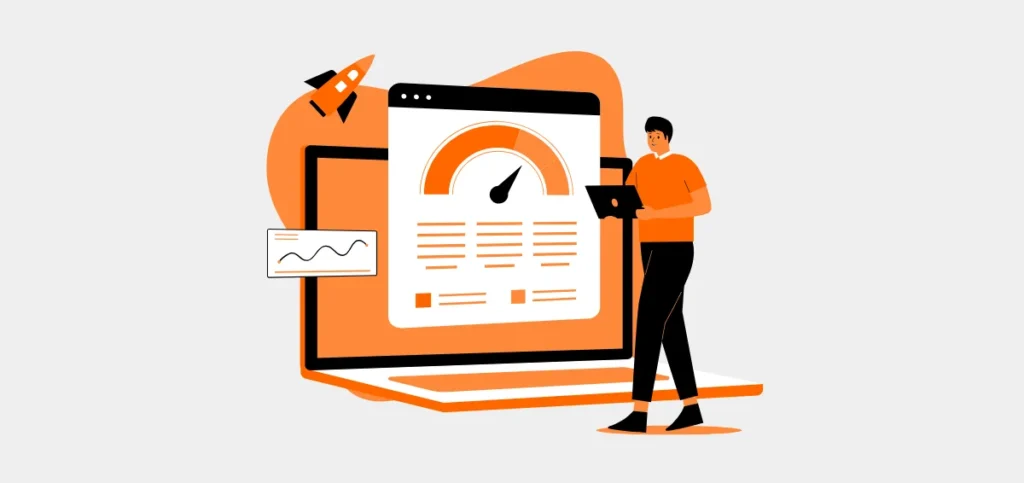
A fast-loading website is critical for both user experience and SEO. Slow pages frustrate visitors and cause them to leave quickly. This can, in turn, increase bounce rates and impact rankings.
Improving load speed involves processes like:
- Compressing images
- Minimizing redirects
- Utilizing browser caching to help pages load faster
Consider using tools like Google PageSpeed Insights to assess your current load speed and identify areas for improvement. A faster website not only keeps visitors engaged but also signals to search engines that your site is optimized, which can lead to higher rankings and better overall performance.
Is your slow website turning away customers? Reach out to our web development agency, and we’ll get your website running superfast.
6. Update Evergreen Content
Evergreen content refers to content that remains relevant over time and continues to attract traffic long after it’s first published. Think of content like “how-to” guides, tips, and industry insights that retain value regardless of when someone reads them.
Periodically updating this content with new statistics, refreshed examples, and improved visuals keeps it relevant and engaging. Additionally, updating evergreen content demonstrates to search engines that your site is active and up-to-date, which can improve rankings.
This approach helps maintain high rankings. Plus, it also keeps users engaged and coming back to your site for accurate and current information.
7. Increase Backlinks
Ever heard of backlinks? Think of them as other websites giving your site a virtual thumbs-up. When reputable sites link to yours, it signals to search engines that you’re a trustworthy source.
Building quality backlinks can take time, but it’s worth it. Focus on connecting with industry sites, sharing guest posts, or listing your business in directories.
But remember: quality over quantity. Spammy or low-quality links can backfire, hurting your credibility instead. Patience pays off here, as quality backlinks help position your site as a respected authority. It brings better visibility and more visitors.
Our SEO experts can get you quality backlinks for improved visibility and rankings. Sign up for our Search Engine Optimization services today!
8. Implement Internal Linking Strategies
Internal linking is like creating a treasure map within your own website, leading users (and search engines) from one valuable piece of content to the next.
When you link to related pages, people are more likely to stick around and explore. It also distributes SEO benefits across your content, helping search engines understand your site’s structure.
Do you have a popular post? Link to related pages from it to help other pages gain some love, too. It’s a simple trick, but it can make a world of difference in helping visitors and search engines explore your site.
9. Optimize for Mobile
Let’s face it—people are glued to their phones, and that includes when they’re browsing the web.
In fact, about 63% of website traffic comes from mobile devices! So, if your site isn’t mobile-friendly, you could be missing out on a huge chunk of your audience. Google even has a mobile-first approach to indexing, which means mobile usability affects your search ranking.
So, think of a smooth mobile experience: easy navigation, fast loading times, and big, clickable buttons. Mobile optimization isn’t just a nice-to-have anymore—it’s a must to improve web page visibility, engagement, and user experience.
Does your site look awkward on mobile phones? Our web development services make sites appear great across all devices. Try us to fix it!
10. Utilize Social Media Platforms

Social media platforms like Facebook, Instagram, LinkedIn, and Twitter aren’t just for cat videos—they’re powerful tools for driving traffic to your website.
Think about where your audience hangs out and focus your energy there. Sharing valuable content and interacting with your followers can build brand awareness and prompt more visits to your site.
If managing multiple platforms sounds overwhelming, consider bringing in a Social Media Agency to develop social media strategies that suit your goals. The right approach can really amplify your reach and improve website visibility.
11. Regularly Update Content
Keeping content updated signals to search engines that your site is current and valuable. Focus especially on high-performing pages by refreshing information, updating keywords, and adding new images or resources.
This practice not only boosts SEO but also improves the user experience by ensuring readers access accurate and relevant information. For example, if you have a guide on industry trends, adding the latest statistics or insights can significantly improve its value.
Routine updates can be simple but impactful. It helps ensure your content maintains relevance and ranks higher in search results over time.
12. Optimizing for Featured Snippets
Featured snippets—the little answer boxes at the top of Google results—are prime real estate! They often pull concise, helpful info directly from a webpage to answer searchers’ questions.
To land a spot, try creating short, clear answers to common questions in your content. Lists, tables, and “how-to” steps work well, too. For instance, in a ‘how to open an account’ post, a simple list of steps could snag that snippet spot.
Snagging a featured snippet doesn’t just drive more clicks; it positions you as a trustworthy authority and makes it easier for people to find you.
Here’s an expanded and more conversational version of each point, with a friendly, approachable tone.
Imagine how your sales will soar if your website is the first search result users see. Partner with our Search Engine Optimization Agency to maximize your website potential.
13. Use Video Content for Better Visibility
Video content is incredibly effective for grabbing attention and keeping people engaged. Think about it: if you had a choice between reading a long article or watching a short video, which would you choose?
Videos like tutorials, product demos, or customer testimonials can make your brand feel more personal and relatable. They’re also super shareable, which means more people could be introduced to your site!
Plus, since Google ranks pages partly based on how long visitors stay, video content can add to your visibility score. So, don’t be shy—get creative and start filming!
14. Enhance User Experience (UX) and Navigation
Imagine visiting a website that’s clunky, hard to navigate, or takes forever to load. Frustrating, right?
If you want people to stay on your site and explore, give them a smooth user experience. This includes ensuring clear menus, intuitive navigation, and a clean design. When visitors can easily find what they’re looking for, they’re much more likely to stick around—and that’s great for SEO!
Google loves a well-organized site with a low bounce rate. So, make sure your visitors have a pleasant experience on every page.
Are users spending too little time on your website? Get in touch with our web design agency to identify issues and fix them ASAP.
15. Use Google Maps & Search to Improve Local Visibility

If you’re a local business, making sure you’re visible on Google Maps and Search can be great for generating leads. Create and optimize your business profile and people find it easier to find you when they’re searching for your product or service.
Imagine someone nearby is looking for what you offer. If your profile is complete and accurate, they’re likely to choose your business. Add eye-catching photos, update your hours regularly, and include details that showcase what makes your business special. And don’t forget about customer reviews! Positive reviews build trust and credibility, making your business more attractive to new customers.
Google Maps and Search are powerful, free tools that can help boost your local visibility and bring in more foot traffic and leads.
16. Try Paid Advertising Campaigns for Quick Results
Need immediate visibility results? That’s where paid advertising campaigns, like Google Ads, come into play. Unlike organic SEO, which takes time, paid ads can help you see results faster.
By targeting specific keywords and demographics, you can reach a very focused audience, which is especially helpful if you’re just starting or want to launch a new product. Set a budget, refine your ads, and track their performance to ensure you’re getting the most bang for your buck.
If you have no idea how to get started, we’re here to help. Our Google Ads management services will help design and implement the perfect strategies to grow your visibility.
17. Fix Crawl Errors and Optimize XML Sitemap
Crawl errors can make it harder for search engines to find and rank your pages. If there are errors, it’s like putting up a “Do Not Enter” sign on parts of your site, which isn’t ideal.
By fixing these issues and submitting an XML sitemap to Google, you’re guiding search engines to your most important pages. Think of it as a little roadmap for search engines, helping them understand your site better.
Regularly check for errors and make sure your sitemap is up-to-date. It’s a small step that can have a big impact on improving visibility!
18. Monitor and Analyze Performance

To know if your visibility efforts are working, it’s essential to monitor and analyze performance.
Tools like Google Analytics and Google Search Console are great for tracking visitor numbers, search rankings, and engagement. They give you insights into which strategies are driving traffic and which areas might need a bit more work.
Regularly reviewing these metrics helps you make smarter decisions and stay on top of trends. And if something isn’t working, these tools will give you the data you need to pivot and try a new approach. It’s all about keeping your strategy fresh and effective.
Start Growing Your Website Visibility
Improving your website’s visibility takes time and consistent effort, but it’s worth it!
Every small action you take—from improving SEO to engaging on social media—adds up and helps you reach the audience who needs what you’re offering. Remember, visibility isn’t just about clicks; it’s about creating a lasting connection with visitors who will come back. Improve your visibility and make a real difference.
Give your website that extra edge to dominate over competitors and keep the traffic flow growing. Contact us today and let’s work together to get your website the attention it deserves!

